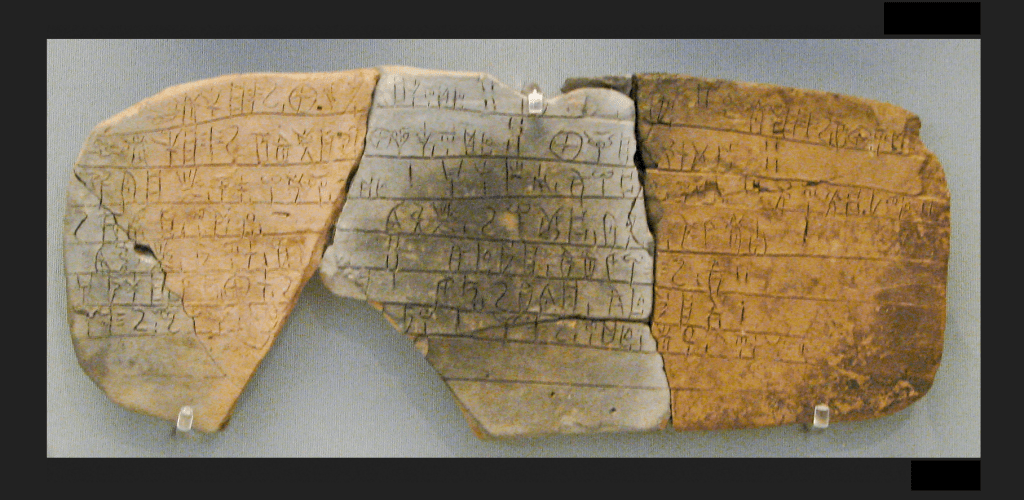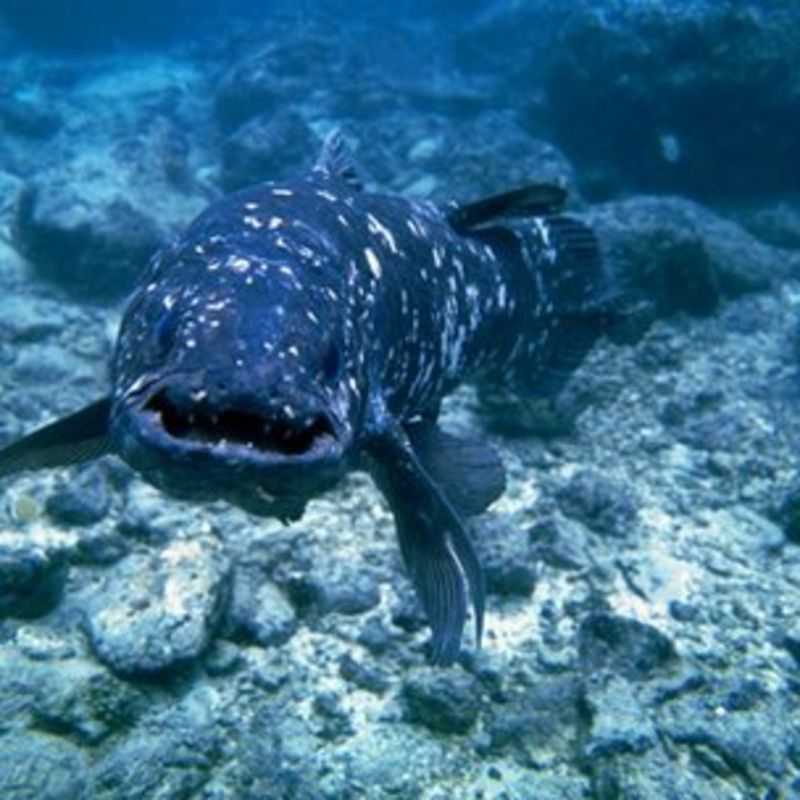- cross-posted to:
- [email protected]
- [email protected]
- [email protected]
- cross-posted to:
- [email protected]
- [email protected]
- [email protected]
June 1, 1952, was Whitsunday, and provided the young Michael Ventris with a convenient break from his duties as an architect. At the end of the day he would write his 20th Work Note on Minoan Language Research, with the somewhat disbelieving title, “Are the Knossos and Pylos Tablets Written in Greek?” Responsibility was disclaimed: this was only “a frivolous digression”, that would “sooner or later come to an impasse, or dissipate itself in absurdities.” It became instead one of the great intellectual achievements of the 20th century.
The first Linear B tablets had been discovered at Knossos on the island of Crete. Kephala Hill, as it was then known, was one of the few true ‘tells’ in the Greek world and preserved rich layers of inhabitation dating back to the younger stone age (7,000 BC). The archaeological significance of the site had been clear already in the late 19th century, its first excavator being the fatefully named Minos Kalokairinos. He found great storage jars, pithoi, from which the locals began to call the site Ta Pitaria. These had been placed in hallways of great stone blocks, many carved with curious but distinctive signs.
For a moment there I thought this was an announcement about cracking Linear A. I need coffee.
Same haha! I was so excited for a second.
Same





